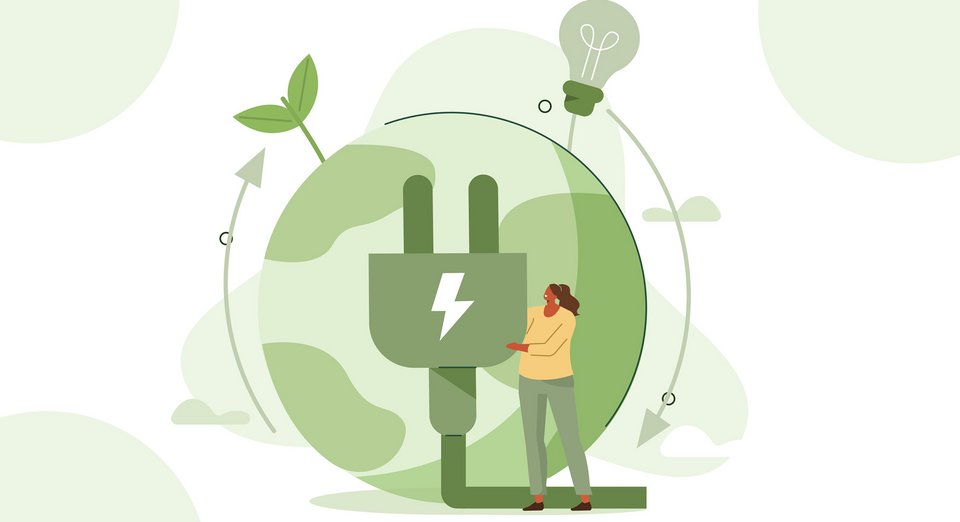
They are the topic of the moment: the rising cost of energy. We consumers cannot influence the price trend. But there are ways of offsetting them somewhat by making savings. one has collected energy-saving tips. Many of them can be easily implemented at work and at home.
1. Conscious heating
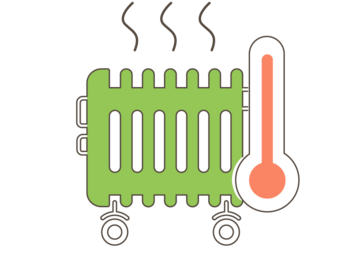 Set existing thermostatic valves to the desired temperature and do not leave them at level 5, level 2 to 3 is usually sufficient.
Set existing thermostatic valves to the desired temperature and do not leave them at level 5, level 2 to 3 is usually sufficient.
One degree lower room temperature reduces energy consumption by six per cent. For residential and office buildings, 18 to 19 degrees Celsius is recommended when people are present. In addition, radiators should be free-standing so that they can give off their full heat.
2. Use of the climate split units
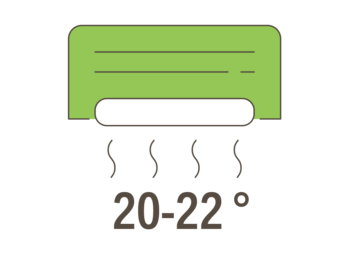 The air conditioning split units* should only be used for cooling. Here too, the recommended temperature of 20 to 22 degrees should be observed. On particularly hot and humid days, 24 to 25 degrees is also sufficient. Try it out! Room climate: Split air conditioning units only cool, so make sure there is a supply of fresh air.
The air conditioning split units* should only be used for cooling. Here too, the recommended temperature of 20 to 22 degrees should be observed. On particularly hot and humid days, 24 to 25 degrees is also sufficient. Try it out! Room climate: Split air conditioning units only cool, so make sure there is a supply of fresh air.
*Air conditioning systems in which all components relevant to the function are split between two appliances. While one unit is inside, the outdoor unit is outside the house/on the roof.
3. Shock ventilation instead of tilt ventilation
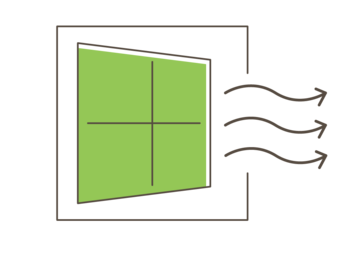 Do not leave the windows ajar when the heating is on, but use shock or cross ventilation to change the air - several times a day for about five minutes each time in winter.
Do not leave the windows ajar when the heating is on, but use shock or cross ventilation to change the air - several times a day for about five minutes each time in winter.
4. Switch off the light more often
 Only switch on the light at your workplace that you actually need. Use existing partial switches. Also switch off the light when you leave the room.
Only switch on the light at your workplace that you actually need. Use existing partial switches. Also switch off the light when you leave the room.
5. Using the PC's energy-saving functions
 If you are authorised to do so, you can set the "Energy options" on the PC according to your wishes. Here is an example: The computer switches to standby mode or hibernation mode after two minutes of inactivity.
If you are authorised to do so, you can set the "Energy options" on the PC according to your wishes. Here is an example: The computer switches to standby mode or hibernation mode after two minutes of inactivity.
6. Switch off the screen during breaks
 Switch off your screen manually using the off button during work breaks and after work.
Switch off your screen manually using the off button during work breaks and after work.
7. Use printers and copiers wisely
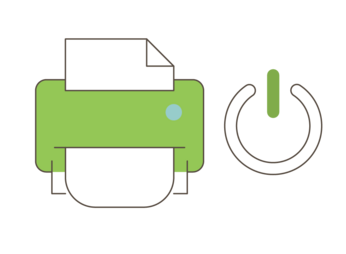 Only switch on your desktop printer/copier when you really need it (do not switch inkjet printers on too often). Use timers, energy-saving buttons or power-saving mode on shared devices. Also, only print documents when you really need to.
Only switch on your desktop printer/copier when you really need it (do not switch inkjet printers on too often). Use timers, energy-saving buttons or power-saving mode on shared devices. Also, only print documents when you really need to.
8. Avoid standby losses
 Switch off unnecessary devices such as PCs, monitors, printers, chargers and coffee machines completely at the end of the working day and do not leave them in standby mode. Devices in standby mode account for up to eight per cent of the electricity bill in a three-person household. Therefore, use a switchable power strip and discuss this with your colleagues at work.
Switch off unnecessary devices such as PCs, monitors, printers, chargers and coffee machines completely at the end of the working day and do not leave them in standby mode. Devices in standby mode account for up to eight per cent of the electricity bill in a three-person household. Therefore, use a switchable power strip and discuss this with your colleagues at work.
9. Thermos jugs instead of kettles
 Use thermos flasks instead of repeatedly heating small amounts of drinking water (for tea, for example) with the kettle.
Use thermos flasks instead of repeatedly heating small amounts of drinking water (for tea, for example) with the kettle.
10. Setting the under-sink boiler
 Ensure that the under-sink appliances are operated in Eco mode.
Ensure that the under-sink appliances are operated in Eco mode.
11. Defrost the refrigerator and use it efficiently
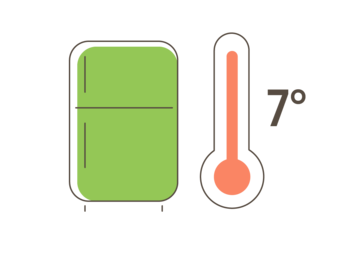 A refrigerator that has not been defrosted in time consumes five times as much energy as necessary. A temperature of five to seven degrees is sufficient for most foods.
A refrigerator that has not been defrosted in time consumes five times as much energy as necessary. A temperature of five to seven degrees is sufficient for most foods.
12. Using the washing machine correctly
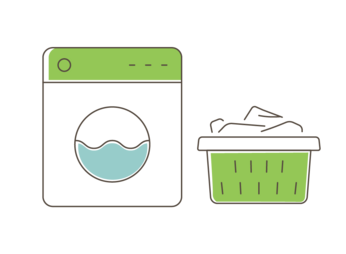 Load the washing machine fully, wash at a low temperature and use energy-saving programmes!
Load the washing machine fully, wash at a low temperature and use energy-saving programmes!
13. Lid on the pot
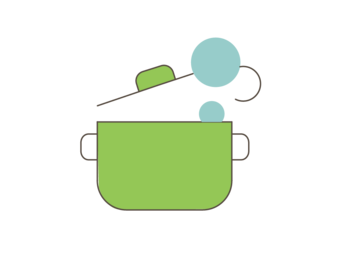 Without a lid on the saucepan and frying pan, the cooker uses three times as much energy.
Without a lid on the saucepan and frying pan, the cooker uses three times as much energy.
14. Use LED or energy-saving lamp
 LED lamps consume up to 90 per cent less electricity than incandescent and halogen lamps.
LED lamps consume up to 90 per cent less electricity than incandescent and halogen lamps.
15. Doors closed
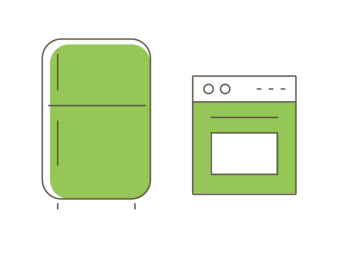 Whether on the oven or the fridge: never leave the doors open unnecessarily long. Opening the oven once loses around 20 per cent of the heat.
Whether on the oven or the fridge: never leave the doors open unnecessarily long. Opening the oven once loses around 20 per cent of the heat.
16. Pay attention to the filling quantity of the kettle
 Only fill the kettle with the required amount of water. Simply pour the water into cups beforehand and then pour the correct amount into the kettle.
Only fill the kettle with the required amount of water. Simply pour the water into cups beforehand and then pour the correct amount into the kettle.
Top tips from Toom
 Our colleagues at Toom Baumarkt DIY store have many more energy-saving tips from the experts, including for homeowners, here
Our colleagues at Toom Baumarkt DIY store have many more energy-saving tips from the experts, including for homeowners, here








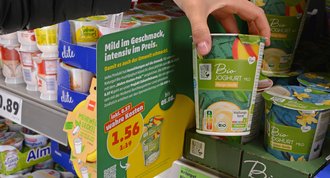



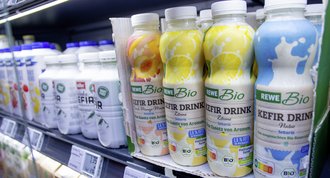
Both German and English comments appear here.
One statement is not quite true. Split air conditioning units work according to the heat pump principle and can also be used for heating and are even more environmentally friendly than heating with oil or gas because the energy is drawn from air and only consumes a minimal amount of electricity. In addition, the purchase costs are lower than alternatives such as pellets or heat pump heating systems
We have introduced printing times with printing teams. #WeTogether
Tip 13: A 'cooking flower' is even better than a lid, as it doesn't boil over and still saves energy, but the flower should be used regularly and for a long time so that it recoups its price and CO2 footprint (plastic) ;)
I doubt whether tip 2 is so useful, especially in the transition period or in a mild winter (outside temperature > 5°C), air conditioning with heat pump technology (which the split appliances usually have) can make more sense than switching on the old gas heating. Especially if you only want one room (office or living room) to be a little warmer and you don't want/need to heat the other rooms. If the electricity is green electricity or comes from your own PV system, all the better :)
Setting the refrigerator to 7°C means that many foods, especially meat, spoil before they reach their best before date. The cost of such valuable food is many times higher than the electricity consumed. Especially as a setting of 7°C means that it is usually around 10°C inside the fridge.
(Raw or unprocessed) meat is best used/eaten the same day or the next day anyway. Many other (vegetarian) foods usually keep longer than their best-before date.
If you are one of the (too) many households where too much of the food in the fridge expires anyway and is thrown away instead of being eaten, then you should of course focus on this problem first instead of exacerbating the problem by reducing the fridge temperature. If you don't have to throw away anything or only very little and use little food with a short shelf life, you can lower the temperature a little. Of course, you need to find the right balance ;) If more food expires, it won't help anyone. Bonus tip for buying a fridge: Sometimes less is more. You should ask yourself whether you really need such a large fridge or a second one. The more you can or will store, the easier it is to lose track of what's left in the fridge and when it should be eaten by :)